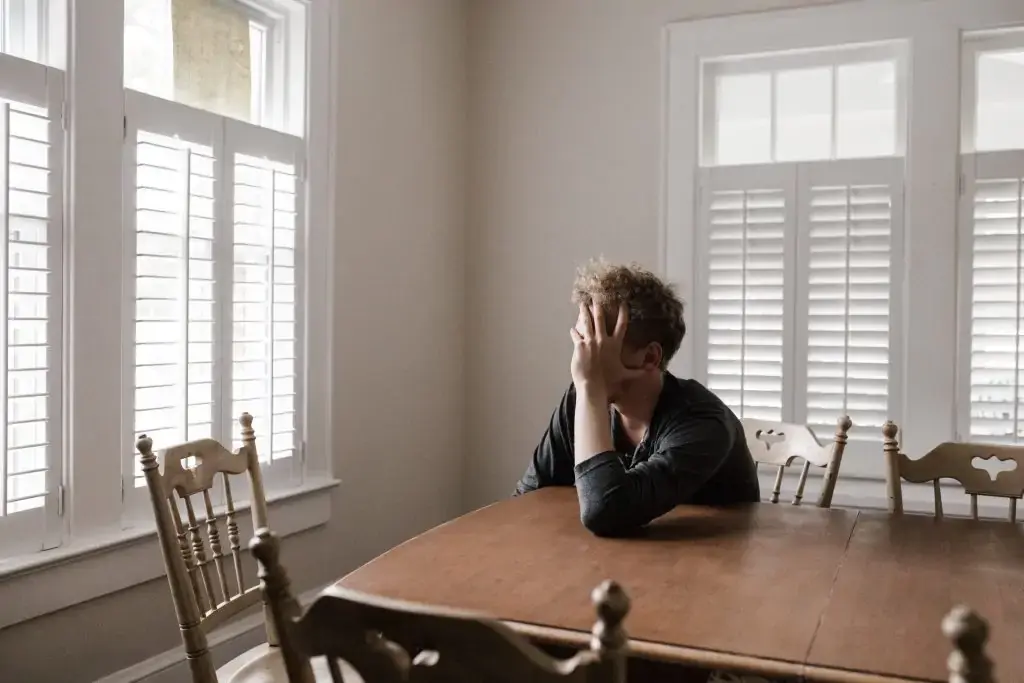Stop signal: foot diseases
Feet for human – one of the foundations of life. On the feet we make the greatest load, with all the weight lies mainly on the feet. In addition, the feet often suffer from uncomfortable footwear and excess weight (if any). But do not panic – according to statistics, only 30% of the population have healthy feet, and the rest of people have deformities. Foot diseases can not only ruin the walking habit but also cause systemic problems in the body. In general, they should be treated as soon as possible. And yes, they will not pass.
The calcaneal spur
It is the thickening of the calcaneus (increased mass) in its lower part. Usually, such outgrowths are painless, but in some cases, they can cause pain, especially while walking, jumping or running. Spurs are formed in the event of an overload of ligaments, muscles and fibres of the foot, for example, if many run or jump. The disease is characterized by pain in the morning when a person loads a leg after sleeping. Pain also appears when walking after a long sitting.
For the treatment of spurs, traumatologists orthopedists usually prescribe non-steroidal anti-inflammatory drugs and prescribe a course of physiotherapy. Heel pain can be reduced by injecting steroids. During the treatment, it is recommended to wear comfortable shoes and use special orthopaedic inserts that relieve the load from the connective tissue of the heel. If the effect of treatment has not been within 9-12 months, surgery is recommended.
Osteoarthritis of the joint of the foot
It is a degenerative disease that is associated with the general ageing of the body and is commonly seen in people after 50 years. Osteoarthritis can be caused by a previously fractured foot joint or other injuries. When the cartilage is worn, their ability to effectively protect the bones of the joints from directly colliding with each other decreases. The result is pain and inflammation. Signs that may indicate osteoarthritis – oedema, stiffness, pain. Gradually, these symptoms are joined by deformation of the joint of the foot, decreased the mobility of the joint and difficulties in walking. The intensity of the symptoms can vary, sometimes there is a feeling of persistent remission, and over time – clearly expressed disorders.
Osteoarthritis is surgically treated. The range of options includes arthroscopic surgery (to remove parts of the cartilage of the joints, inflammation of tissues and spurs (osteophytes)), as well as endoprosthesis of the joint of the foot.
Bursitis
It is a bone deformity, also called a “Hollywood visit card”. It was the stars of the “dream factory” in the early 1930s who introduced shoes with very narrow noses fashion. In combination with a high heel (more than 5 cm), this pad provokes a specific curvature of the toes. The first phalanges seem to be turned away from the other fingers, and the second is deflected exactly in the opposite direction. The joint between them moves and forms a “bump” at the base of the toe. The articular bag becomes inflamed and begins to swell. Stagnation of the fluid disrupts blood circulation and squeezes the nerve endings.
If not treated, the deformation will grasp the second and third fingers, and as a result, will develop into the so-called “hammer-toe”. The toes will bend and lock in such a position (“tighten”). The cause of this happens – myasthenia gravis, or, in other words, muscle weakening.
You can get rid of light discomfort by wearing shoes with wide noses or made of elastic material. If this is not enough, special pads should be used to reduce the pain. Orthopaedic insoles also help to redistribute and reduce pressure on the affected joint.
Fasciitis
If you continue to wear “harmful” shoes, you can earn fasciitis – an inflammation of the solid fibrous tissue (fascia) located along the lower surface of the foot. It connects the bone of the heel with the mould and as if supporting the entire longitudinal part. In addition to the pain and discomfort of walking, fasciitis threatens the formation of bone growth – heel spurs. Later they may be joined by lower back pain, and then by spinal deformities.

Do not forget that it is important to pay attention to any symptoms – pain, stiffness, swelling, the appearance of rashes or crunching heard during the movements. The vast majority of joint diseases are successfully treated in the initial stages. But the neglected state of the disease can disrupt life and professional plans, requiring expensive surgery and complex rehabilitation measures.









